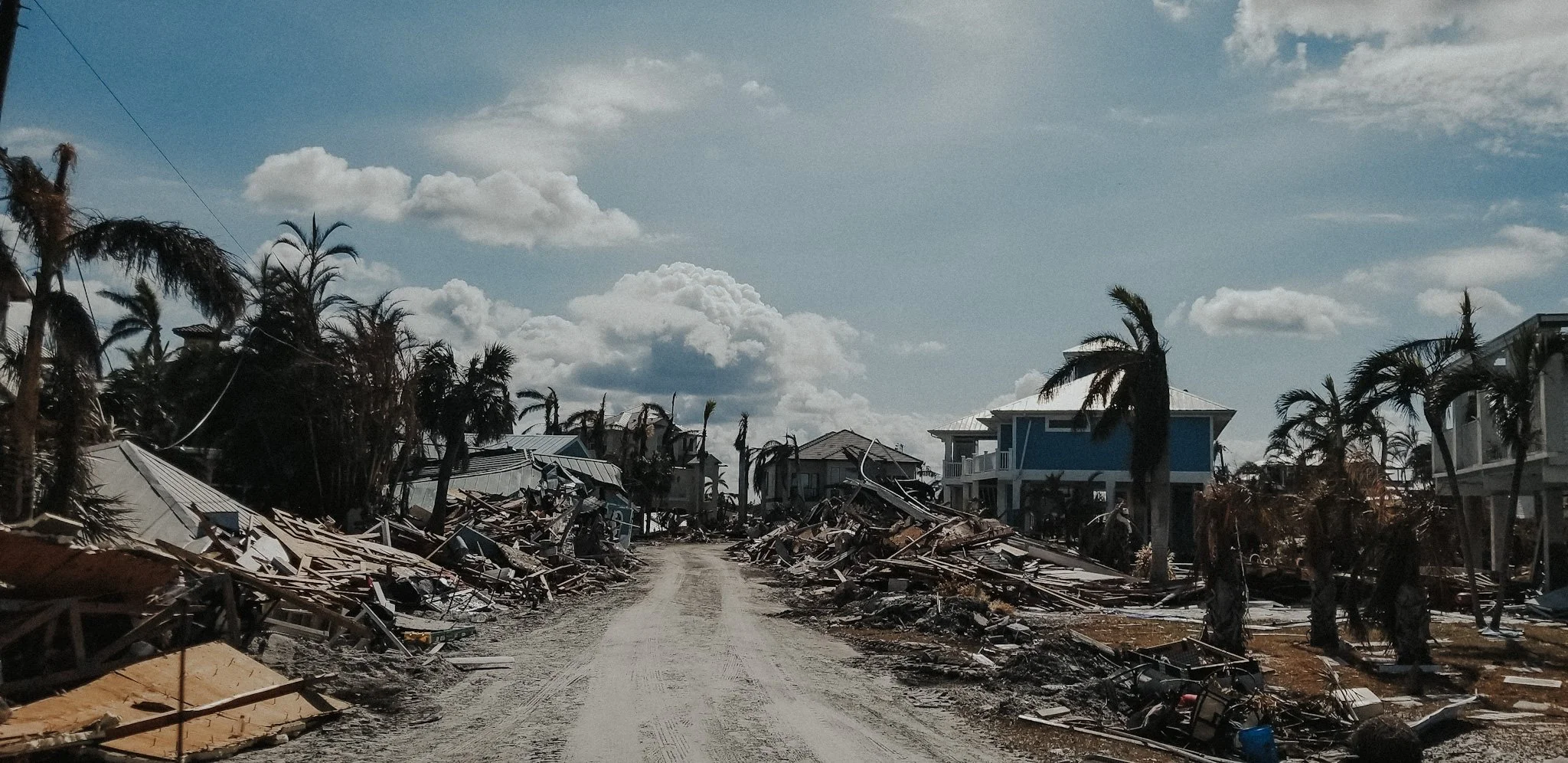We are thrilled to announce that Chelsea Selbig has joined the Wakefield Brunswick team as a Senior Advisor! Chelsea brings over 15 years of experience in crisis management, business continuity, disaster recovery, and emergency management planning — with a strong track record of driving resilience and operational excellence in the healthcare industry.
Welcoming Back a Familiar Face in a New Role!
We are thrilled to announce that Crystal Carlson is returning to Wakefield Brunswick, this time stepping into the pivotal role of Vice President of Operations. In her new position, she will lead our Innovation and Client Services Team, driving our relentless pursuit of operational excellence and ensuring that our clients continue to receive unparalleled service and innovative solutions.
Standing with California During the Wildfire Crisis
At Wakefield Brunswick, we deeply value the resilience and dedication of those on the front lines of care and recovery. In this challenging time, we want to extend our unwavering support to any organization in need of assistance with crisis management, continuity planning, or recovery operations. Our team is here to help, ensuring that healthcare providers can focus on delivering care and protecting those who rely on them.
Hurricane Milton Preparedness and Support
As Hurricane Milton approaches, we want to reassure our clients that, despite our primary offices being located in Tampa, Florida, Wakefield Brunswick will continue to operate and support you during this time. We have activated our business resiliency plans to ensure minimal disruption. However, there may be some minor impact to existing meetings this week as our team focuses on supporting affected partners.
Wakefield Brunswick Announces New Director of Innovation, Jenn Hamilton
As the Director of Innovation, Jenn provides subject matter expertise, supports project management, and drives innovative solutions through emerging technologies. She collaborates closely with the Director of Client Services to ensure seamless integration and delivery of projects, optimizing resource allocation and enhancing client relationships. Learn more about Jenn’s experience and her future work with Wakefield Brunswick in this post.
Congratulations Lori Wallman on Your Acceptance to Tulane School of Public Health and Tropical Medicine!
We are thrilled to announce that Lori Wallman, Senior Advisor at Wakefield Brunswick, has been accepted into the prestigious DrPH in Leadership, Advocacy, and Equity program at Tulane School of Public Health and Tropical Medicine! Lori's dedication, expertise, and passion for public health and healthcare have always been a beacon of excellence within our team. Her acceptance into this distinguished program is a testament to her unwavering commitment to advancing health equity and leadership in our communities.
Wakefield Brunswick Announces New Director of Client Services, Tracy Miller
We are excited to announce that Tracy Miller has been promoted to our Director of Client Services! Tracy has been an integral part of our team, consistently delivering exceptional work and going above and beyond to ensure the success of our clients and our company. Her commitment to hard work and innovative thinking has played a significant role in elevating our client engagements and setting us apart in the industry.
Wakefield Brunswick CEO Announcement | A Letter from Angela Devlen
Field Summary Report | WB x FIT Hurricane Ian Response Update
We have been fielding requests from the Emergency Operations Centers in the impacted counties in Southwest Florida. Wakefield Brunswick resources provided are volunteer and covered by our incident response team budget. We provide ESF-8 EOC support and coordinate resources such as supplementing staffing and resource needs to impacted healthcare providers. Read our entire week one Field Summary Report here.
Fox Lea Equestrian Support | WB x FIT Hurricane Ian Response Update
Outside of my professional role, the equestrian world has been a huge part my life for the past decade. While I had not expected that my obsession with horses would cross over into the FIT/WB Hurricane Ian effort, it began to quickly make sense in this case. But before I explain why, I want to share a story of the “unicorn” who has been a source of inspiration for all of us who have met him and love him. - Angela Devlen, CEO
Wakefield Brunswick and The Field Innovation Team Respond to Post Hurricane Ian
Wakefield Brunswick and The Field Innovation Team have been deployed to SW Florida to provide response and recovery support to communities most impacted by Hurricane Ian. While Wakefield Brunswick will coordinate volunteers to support or augment personnel within healthcare organizations, FIT is supporting the needs of local emergency management organizations and the greater community with extensive experience in mass care sheltering (Washington, Texas, Florida, and Alabama communities) as well as co-building new solutions in response and recovery gaps.
Introducing Our Newest Wakefield Brunswick Advising Team Members
We are thrilled to announce that our team of advisors has been growing! Wakefield Brunswick advisors serve as subject matter experts on client projects related to healthcare emergency management, continuity of operations, business continuity, exercise development, and disaster recovery. Their support to Client Services ensures the successful delivery of engagements across the advisory and education service lines.







